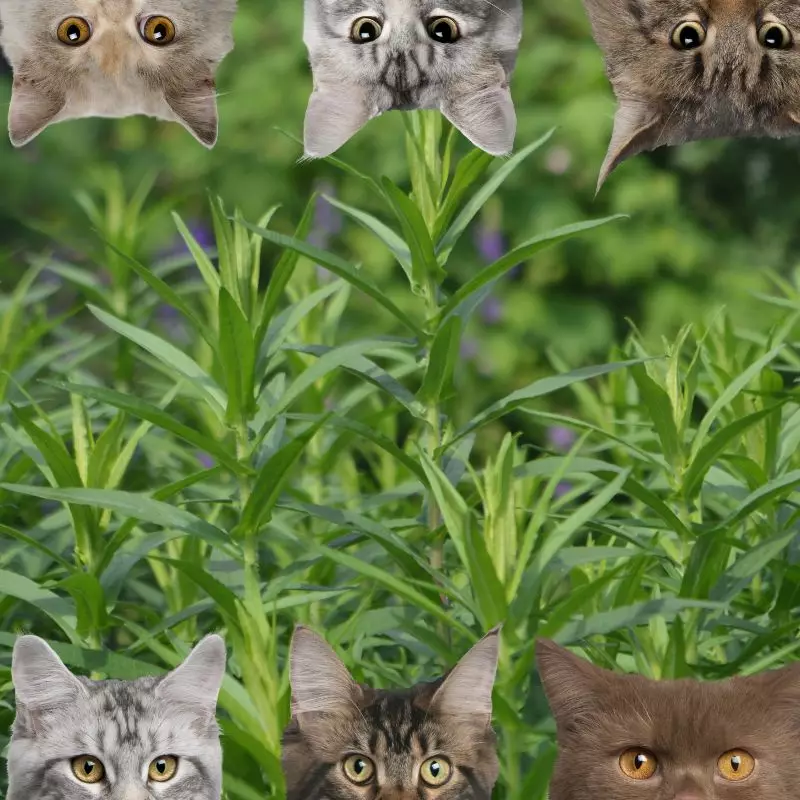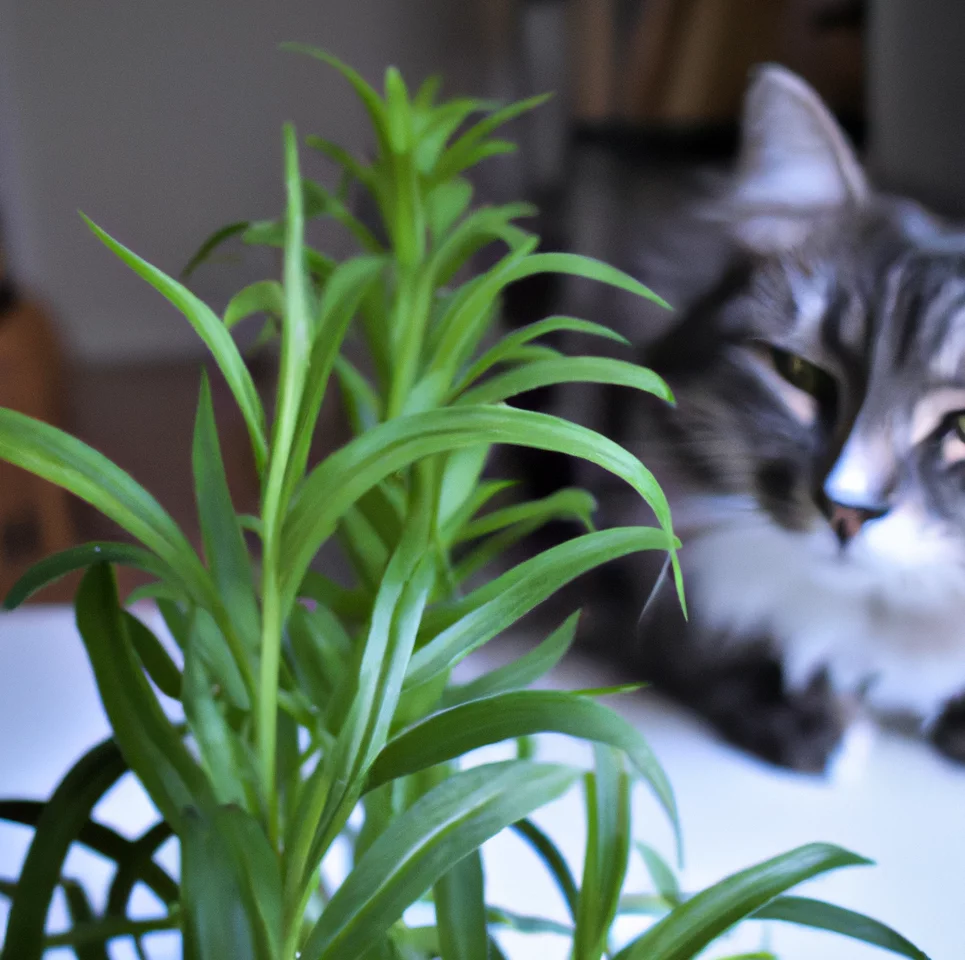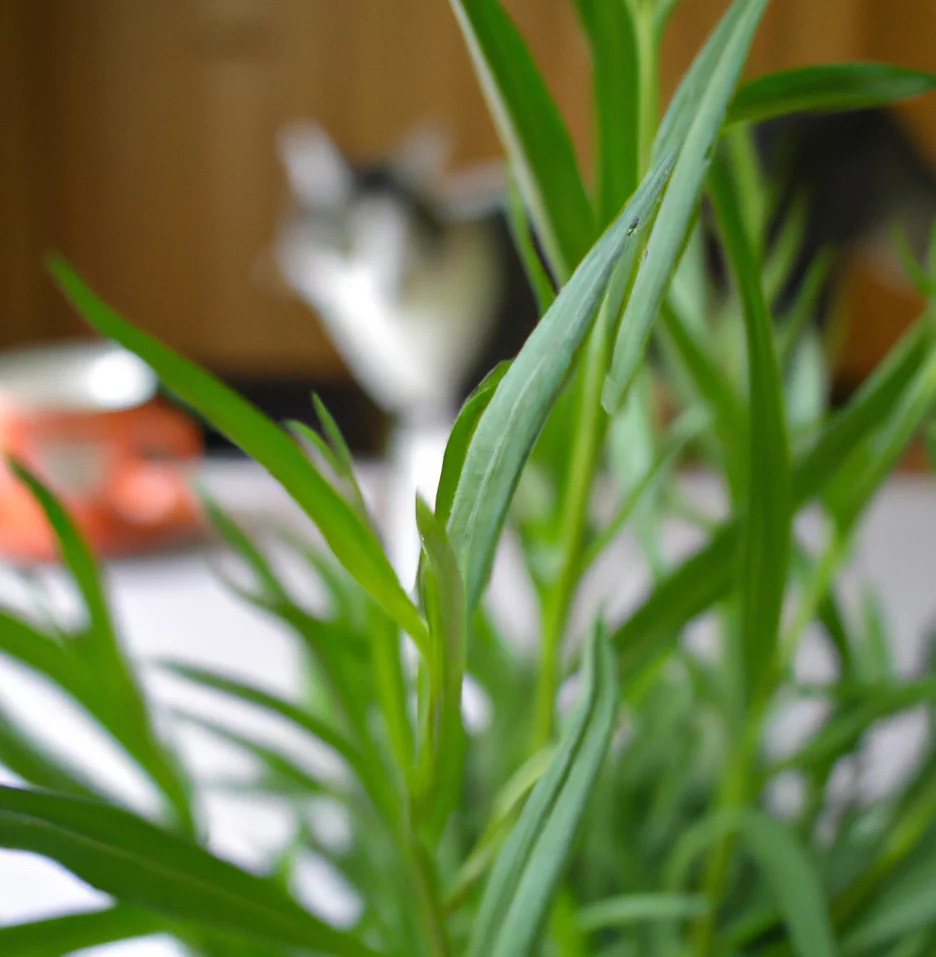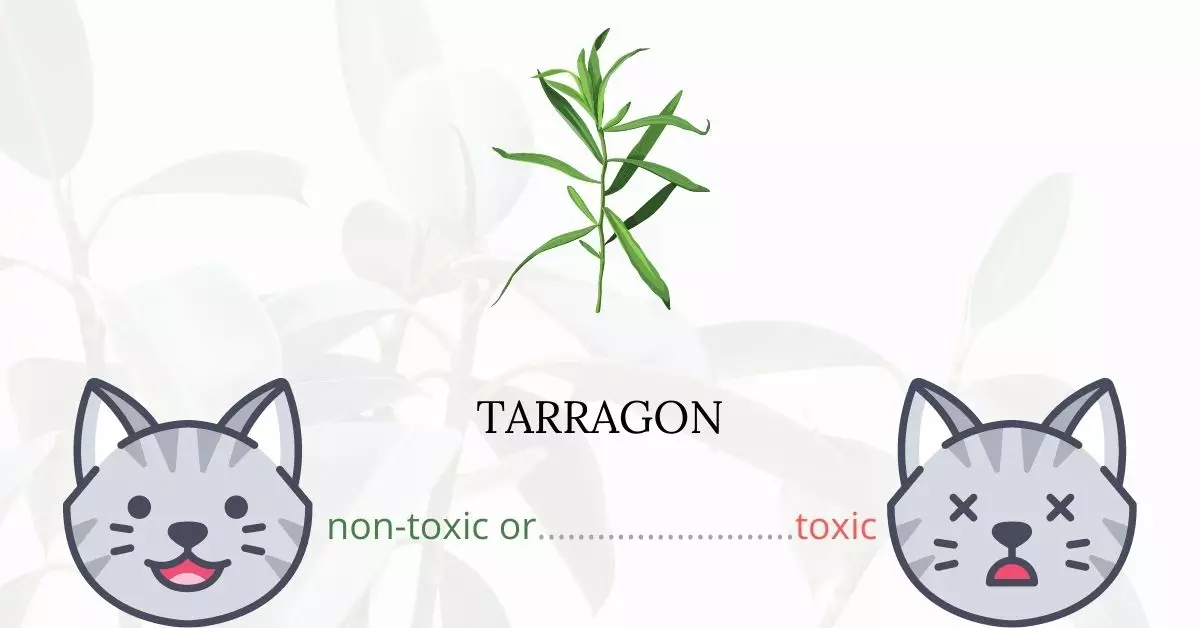Tarragon, a commonly used herb, can indeed be harmful to cats, as well as to dogs and horses, when consumed in significant amounts. It is crucial for pet owners to be aware that the essential oils, particularly concentrated in the plant’s roots, are the primary source of its toxicity, potentially causing mild stomach discomfort upon ingestion.
To ensure the utmost accuracy and reliability of the information provided in this article, we have collaborated with a team of experienced Doctors of Veterinary Medicine (DVMs). With their extensive knowledge and insights, we can present comprehensive details on the potential risks associated with tarragon and its effects on cats. Furthermore, our research has been enriched and validated through high-authority websites, such as ASPCA and PetMD, to provide a thorough understanding of the impacts of various plants, including tarragon, on pet health. Our collaborative efforts aim to equip pet owners with the necessary knowledge to safeguard their furry companions against any potential harm from plant ingestion.
Clinical Signs of Tarragon Poisoning in Cats

When a cat ingests, smells, or comes into contact with tarragon, it may exhibit a range of clinical signs due to the toxic essential oils found predominantly in the plant’s roots. These oils can disturb the cat’s gastrointestinal system, leading to the presentation of several symptoms. Below, each symptom is discussed in detail, providing insights into why and how it may occur when a cat is exposed to tarragon.
- Diarrhea: Diarrhea is a common manifestation of tarragon poisoning in cats. The toxic essential oils in the herb can irritate the intestinal lining, resulting in increased fluid secretion and motility in the intestines. This condition is the body’s response to expel the harmful substances swiftly, leading to loose or watery stools.
- Vomiting: Vomiting is another indicative sign of tarragon toxicity. The ingestion of toxic components triggers the cat’s vomiting reflex as a defensive mechanism to eliminate the poisonous substance from the body. It occurs due to the irritation of the stomach lining and the direct impact of toxins on the brain’s vomiting center.
- Oral Irritation: When a cat comes into contact with or consumes tarragon, it may experience oral irritation. This is primarily due to the irritating properties of the essential oils present in the plant. The cat might exhibit signs like drooling, pawing at the mouth, or reluctance to eat due to discomfort or pain in the oral cavity.
Understanding these clinical signs and their underlying causes is crucial for cat owners. Immediate veterinary attention is recommended if a cat is suspected of ingesting or coming into contact with tarragon to mitigate the effects of poisoning and to administer appropriate treatment promptly.
First Aid and Treatment of Tarragon Poisoning in Cats

If you detect any of the symptoms, you must respond appropriately. In the event of cat poisoning, the first and most important step is to contact a veterinarian.
Bring your cat to an open, ventilated, and well-lit place if it is very weak, or fainting. If you don’t have a suitable location, the bathroom or kitchen will suffice, as they are usually well-lit and have access to water.
Even if your cat vomits, some of the poison will have already been absorbed. Activated carbon can be used to prevent this absorption.
Recovery from Tarragon Poisoning in Cats

If no additional drugs are being provided, frequent pepcid (famotidine) every 12-24 hours should help with GI issues. Once symptoms have subsided for at least 48 hours, please discontinue the famotidine. You can give a little amount of bland diet 2 hours after giving a famotidine dose, the time it takes for the drug to start working. Work your way up to feeding exclusively for at least 3 days after the symptoms have subsided. After that, gradually go back to your cat’s regular food over a 10-day period. The gradual transition should reduce the likelihood of GI distress from changing foods.
Prevention of Tarragon Poisoning in Cats
If you still want to grow a herb garden, there are several things you can do to make coming into contact with potentially deadly herbs less appealing to your cat. Growing plants that cats dislike among your herbs is the most natural of these possibilities. Commercial odor barriers, sound barriers, and physical fencing are more obtrusive solutions.
If you love plants but have cats at home, check out these lists:





